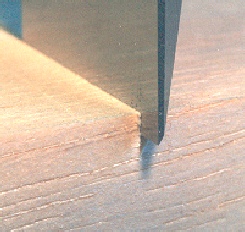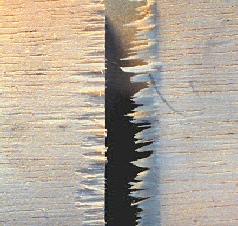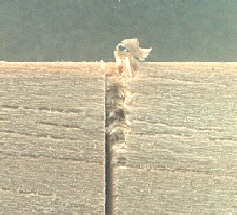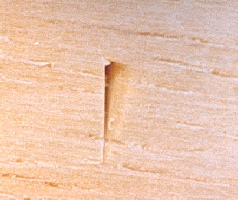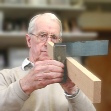

You can hear people discussing whether to split the line or not. When they do, they must be discussing a pencil line. If this kind of precision is needed, they might be better to use a marking knife. Then there's no doubt or cause for error.
Pencil lines have their appropriate places of course.
Some people avoid cutting lines because mistakes are difficult to remove. All the same the work will be better for using a knife.
